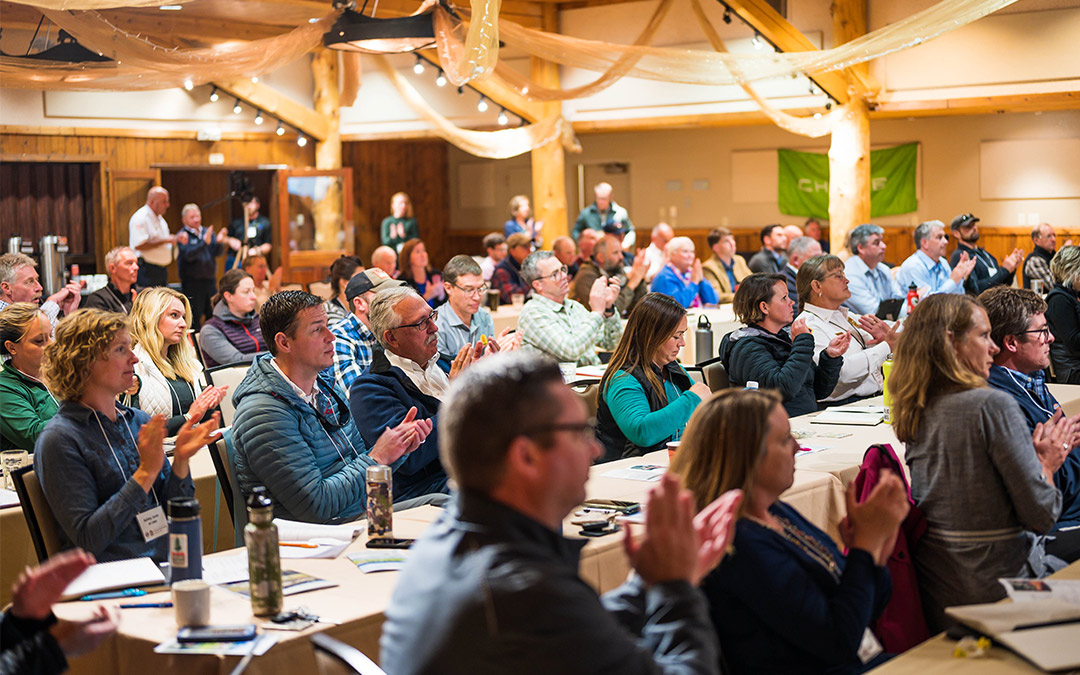
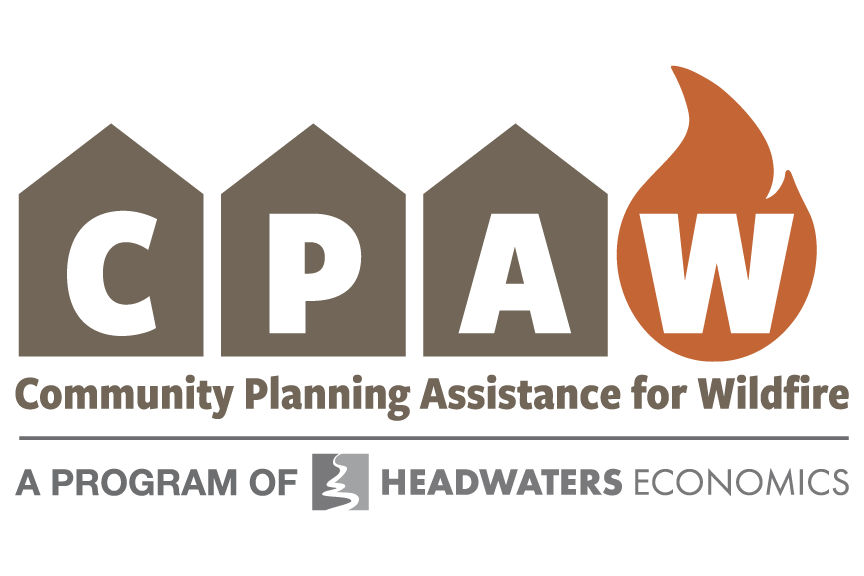

CPAW works with communities to reduce wildfire risks through improved land use planning, compelling communication, and applied research.
The interdisciplinary CPAW team draws in various experts depending on the wildfire risks and needs faced by the community. Read more about what we do and where we work.
CPAW is a program of Headwaters Economics, an independent, nonpartisan, nonprofit organization. Established in 2015, CPAW is funded by the U.S. Forest Service and private foundations.
Read our most recent Annual Report.
Sign up for our newsletter the Ignition Point
Our team
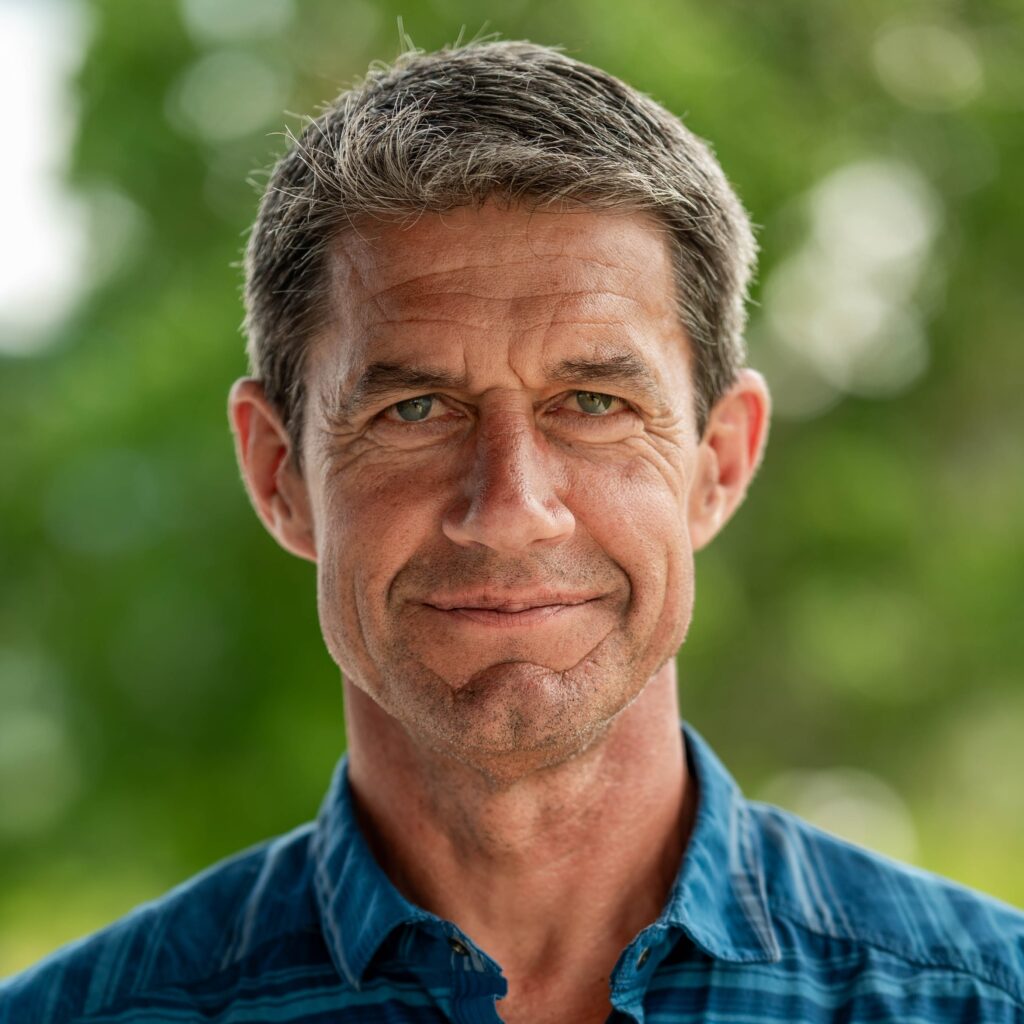
Doug Green
Doug brings two decades of professional experience in fire departments and as a land use planner to the Community Assistance for Wildfire program. His practical insights and expertise in fire operations has supported dozens of communities working to reduce wildfire risks.

Ryan Maye Handy
Ryan is a wildfire and land use expert for the Community Planning Assistance for Wildfire program. Her experience as an urban planner and former journalist brings invaluable insights to communities that must prepare for increasing wildfire risks.
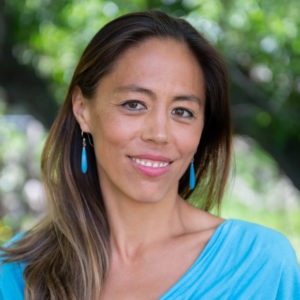
Kimi Barrett, Ph.D.
Kimi is the wildfire research and policy analyst at Headwaters Economics. She works with communities on-the-ground to inform national wildfire policy, academic collaborations, and scientific outreach.
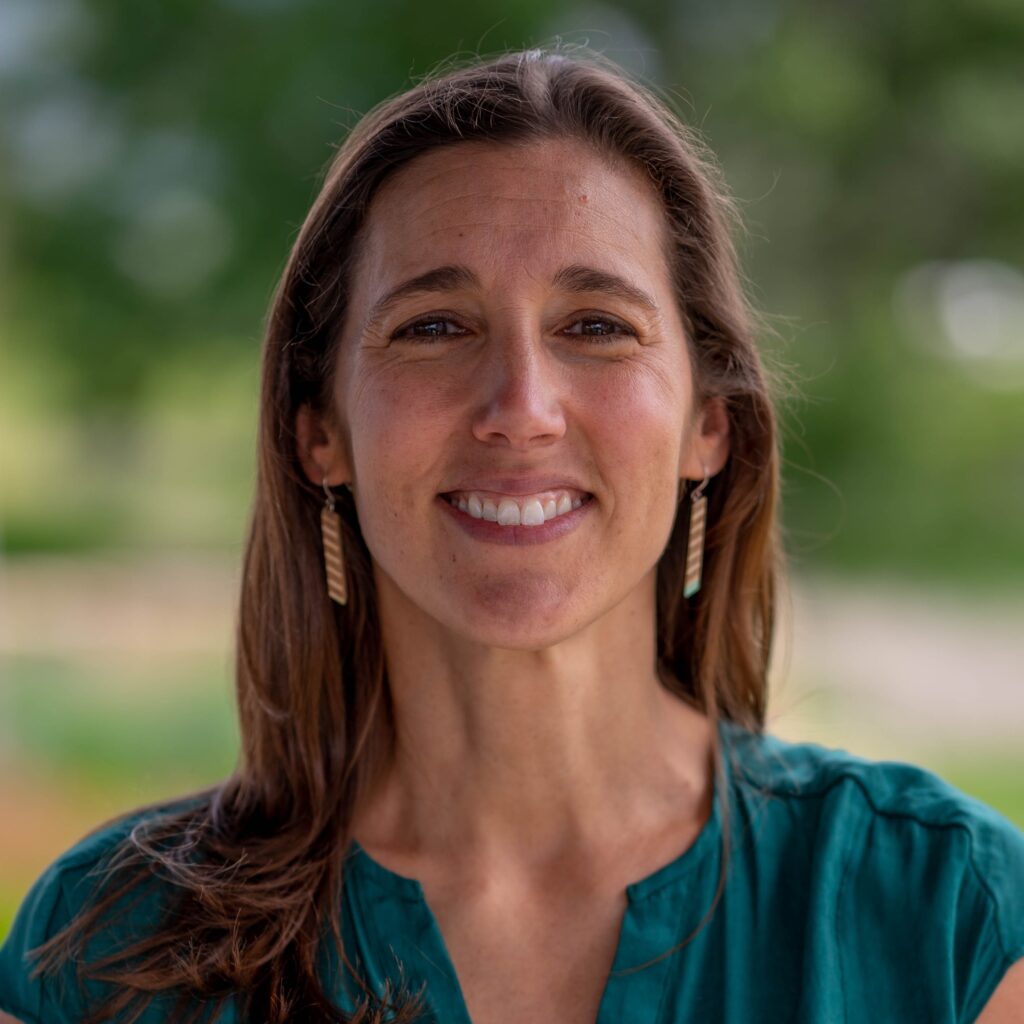
Patty Hernandez
Patty is co-founder and Executive Director of Headwaters Economics. Patty has 18 years of experience in researching economic development, building partnerships, and developing technology solutions to help communities plan and adapt to a changing world.
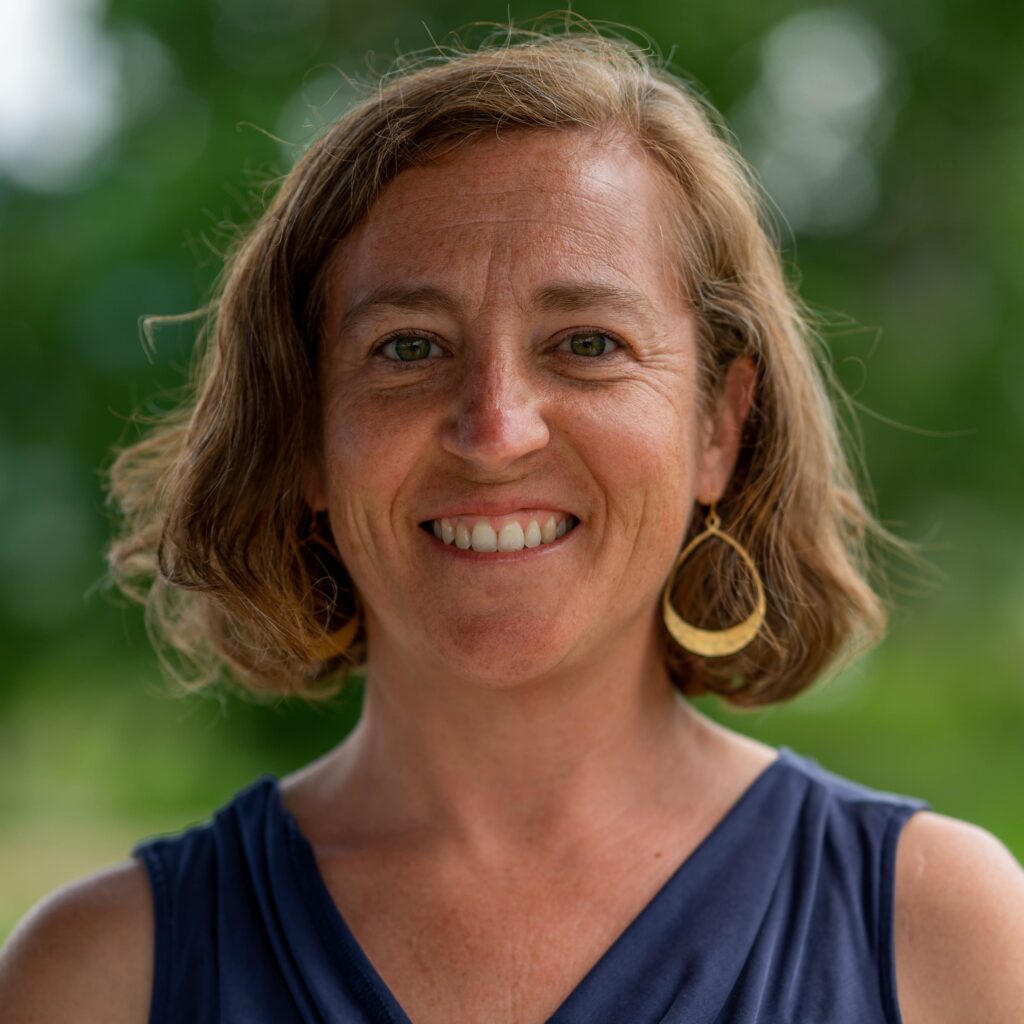
Kelly Pohl
Kelly is Associate Director of Headwaters Economics. With more than a decade of experience in nonprofit leadership, she oversees operations and quality control, tracks national policies, coordinates communications, and manages programs to meet organizational goals.
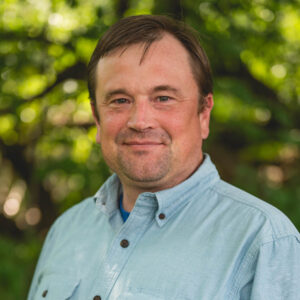
Nathan Kommers
Nate leads communications and media relations at Headwaters Economics. With more than two decades of experience in nonprofit, government, and corporate environments he is helping bring Headwaters’ research and expertise to those that need it most.
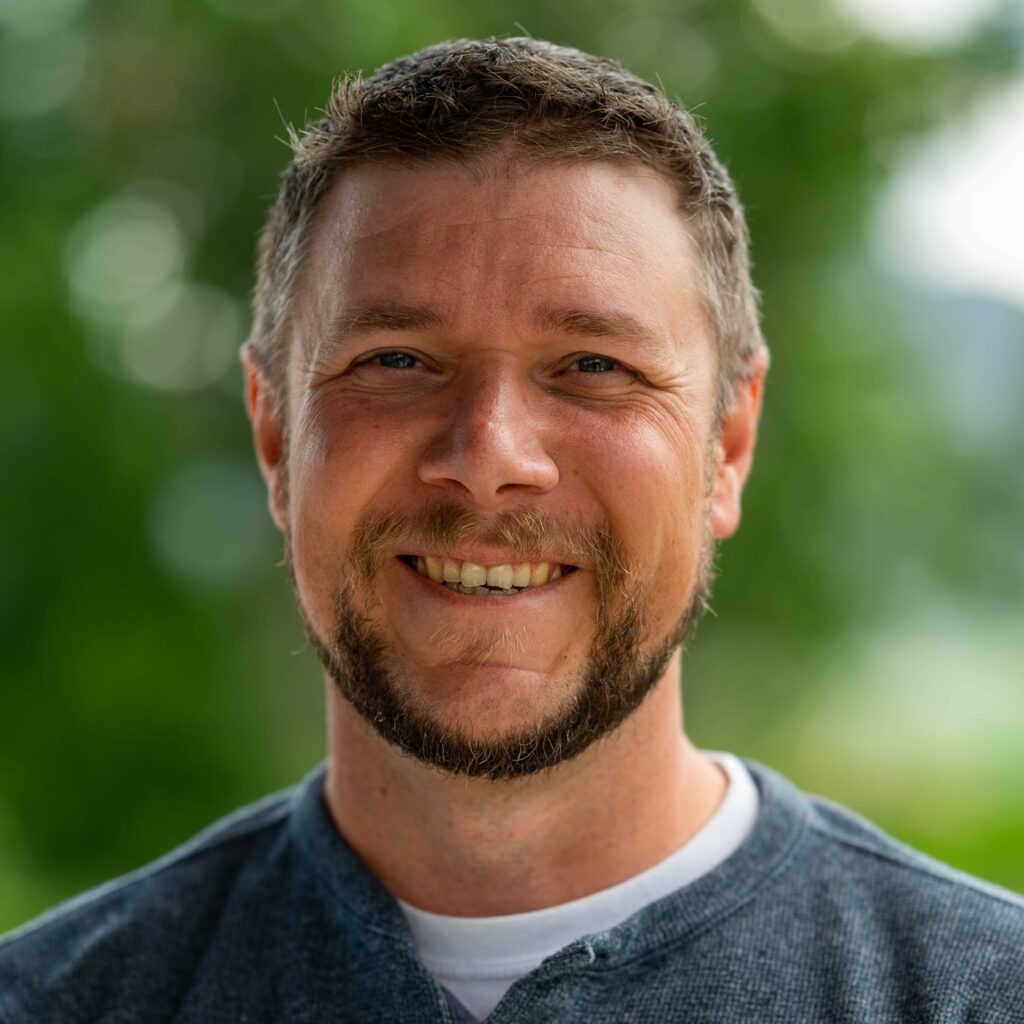
Brent Powell
Brent leads Headwaters Economics’ web and media development. Blending technical skills with creativity, he supports the team with website management, photography, videography, and graphic design.
Our vision
We envision communities better adapted to living with the inevitability of wildfires by integrating wildfire risk-reduction measures into design and development to minimize costs, protect structures, and save lives. In our vision, wildfire is part of the landscape but no lives are lost or homes destroyed. Incentives for development and design standards, building codes, subdivision regulations, strategic fuel breaks, and other planning tools are successfully applied. As a result of good planning and anticipating a wildfire before it occurs, costs and impacts are minimized, suppression efforts are redirected toward targeted structure protection, wildfire is restored in ecologically appropriate ways, and communities are able to thrive with wildfire on the landscape.
Frequently Asked Questions
What is CPAW?
The Community Planning Assistance for Wildfire (CPAW) program works with communities across the United States to reduce wildfire risk through improved land use planning, compelling communication, and applied research. CPAW collaborates with communities to develop site-specific recommendations. All services provided through CPAW are grant-funded and come at no cost to the community. Communities are selected through a competitive grant process and generally receive assistance over the course of one year. Participation in the program is voluntary and must be requested by local governments.
Why was CPAW created?
Wildfires are growing in size and frequency, causing more damage to communities. Protecting homes and other community assets threatened by wildfires depletes federal agency budgets and increasingly places firefighters’ and residents’ lives in danger. Improved land use planning can help reduce wildfire risks and costs.
In response, Headwaters Economics and Wildfire Planning International created the Community Planning Assistance for Wildfire (CPAW) program in 2015. Drawing off principles outlined in the National Cohesive Wildland Fire Management Strategy, CPAW helps communities become more fire adapted through improved land use planning.
Who funds CPAW?
CPAW is funded through a cooperative agreement with the U.S. Forest Service and private foundations.
Who manages CPAW?
CPAW is a program of Headwaters Economics. It is funded by the U.S. Forest Service and private foundations.
What communities are participating?
Dozens of communities from across the United States have participated in CPAW since the pilot project in 2015. Communities range in size and scale from rural counties, to mid-sized cities, to urban areas. Read more about CPAW communities.
For applicants and new communities
How do I apply?
Applications are reviewed and accepted over the course of the year. Eligible applicants must demonstrate high wildfire risk, strong stakeholder engagement at the community level, a collaborative relationship between the land use planning and fire department, and opportunities for land use planning to benefit community wildfire risk reduction efforts. For more information, please contact us.
What are the eligibility requirements?
Any incorporated community in the U.S. can apply, including towns, cities, counties or tribes. The applicant must have authority over local land use and zoning decisions. To be eligible, the community must demonstrate support from both the community’s planning and fire departments. Communities must also demonstrate commitment and capacity to support the CPAW process. HOAs, subdivisions, or other neighborhood organizations interested in the program are encouraged to contact their local planning department to pursue a community application submission.
If selected for CPAW, what is required of my community?
Once selected, communities sign a Memorandum of Understanding with the CPAW program. Communities are expected to contribute staff time, but all other expenses are covered by CPAW. Communities will commit to hosting site visits, providing planning documents, helping convene stakeholders, and participating in CPAW forums. At the end of the CPAW process, implementation of recommendations is voluntary and under the authority of the local jurisdiction.
What does my community receive from CPAW?
CPAW will work directly with your community to determine your specific needs. Communities receive assistance for a minimum of one year. Assistance can include detailed recommendations of planning documents, capacity training opportunities, customized research and communication tools.
Who are the stakeholders we should include from our community?
We suggest including diverse and broad stakeholders during the CPAW process. The primary stakeholders will include planning departments, fire departments, fuels specialists, emergency services, public works, and public land management agencies (state, USFS, BLM, etc.). Additional stakeholders might include open space, park and recreation professionals; developers; real estate professionals; neighborhoods, property and homeowner’s associations; and non-profit partners such as land trusts and watershed groups.
